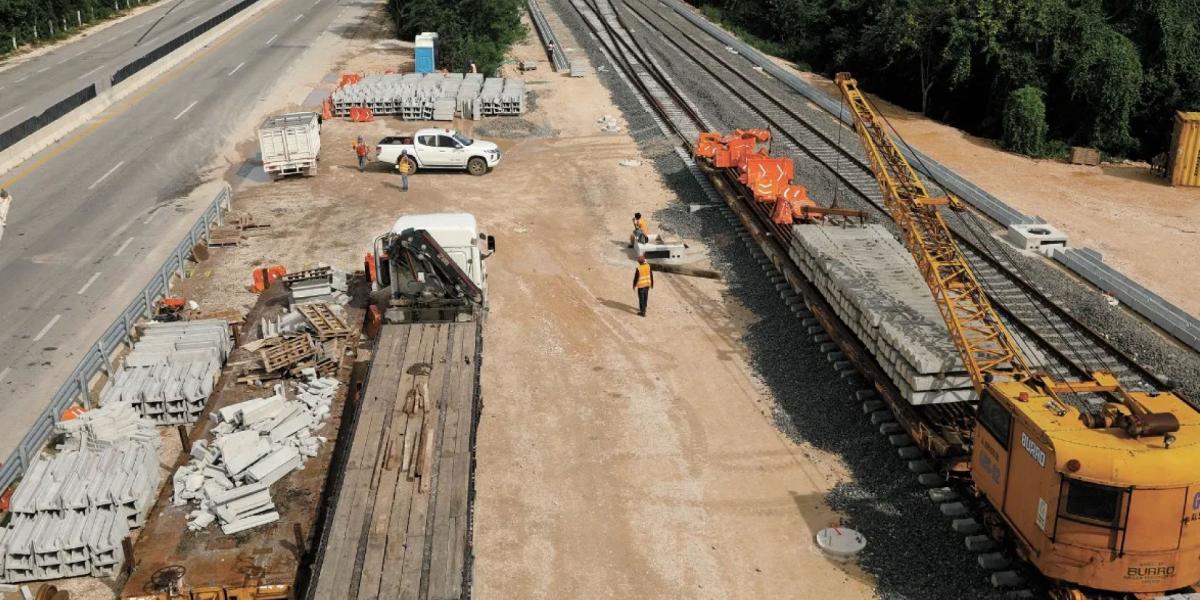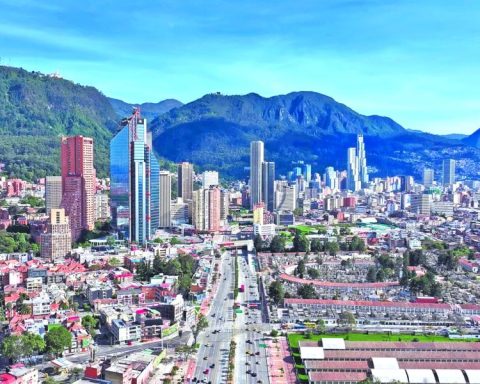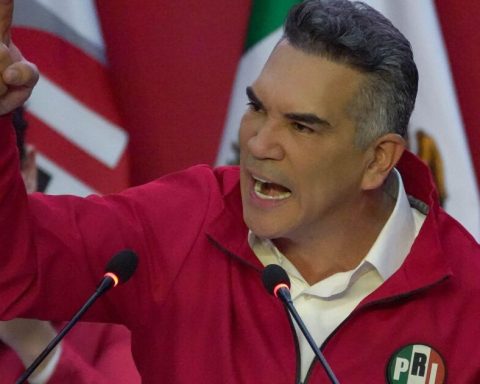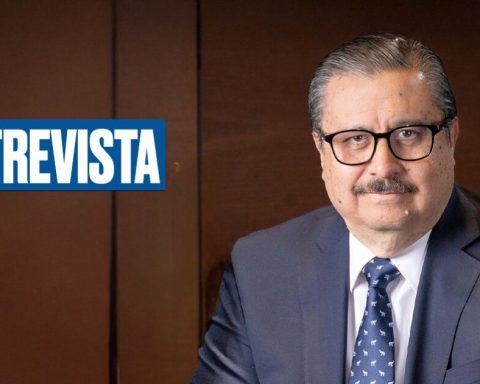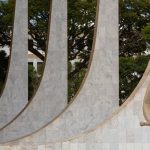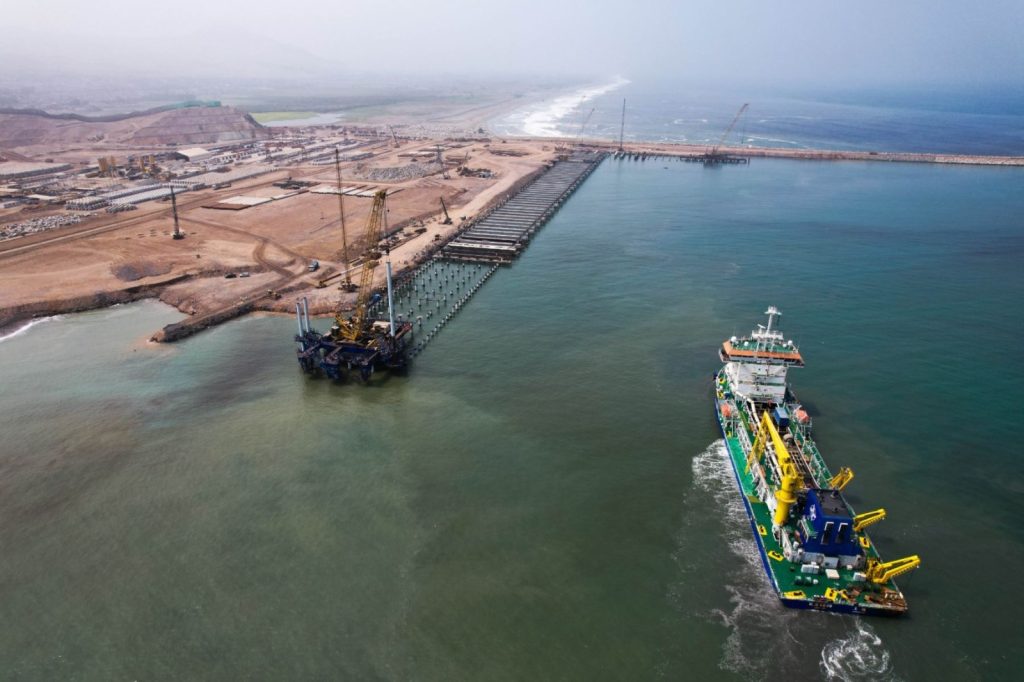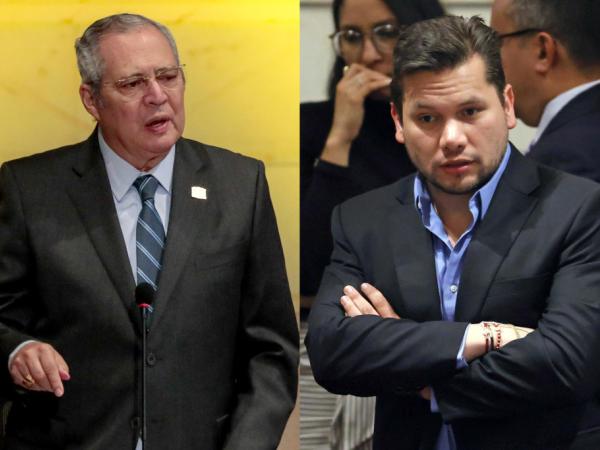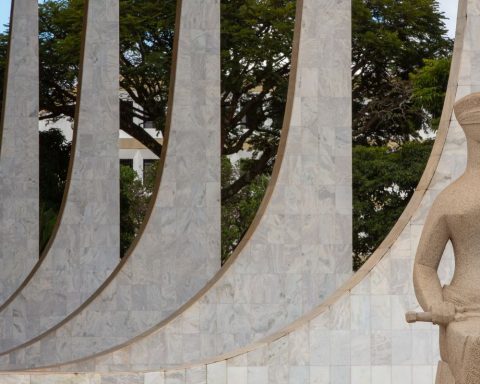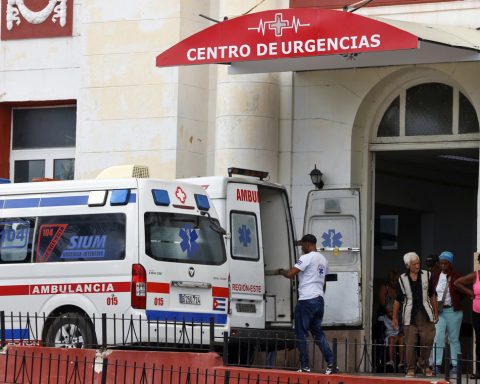Of the government’s spending on infrastructure, between January and September of this year, 19.6 of every 100 pesos spent were allocated to priority works, indicated an analysis by the Center for Economic and Budgetary Research (CIEP).
According to the Public Finance and Public Debt Report for the third quarter of the year, prepared by the Ministry of Finance and Public Credit (SHCP), the government allocated 811,915 million pesos to spending on physical investment, which represented an increase of 16.6 % in annual comparison.
The increase observed in the period, highlighted by the Treasury, is the largest on record since 2014, when investment in infrastructure had an annual increase of 20%.
“Infrastructure spending presented an advance of 88.3% compared to the annual approval. Of the 811,915 million pesos exercised, 19.6% was allocated to priority works, which present a progress of 92.6%,” said the CIEP.
In total, the government’s priority works, such as the Mayan Train, Toluca Interurban Train, expansion of the Suburban to AIFA, the Isthmus of Tehuantepec and the Los Pinos Cultural Complex, would have absorbed 159,135 million pesos of infrastructure spending.
Of this amount, the infrastructure work that absorbed the most resources in the first nine months of the year was the Mayan Train, a flagship project during the last six-year term. In total, 130.260 million pesos were spent on this project.
According to the CIEP, investment spending has maintained its growth during the year, so it is likely that through budget expansions more than what was approved will end up being spent in 2024.
In total, for this year the Congress of the Union approved an investment expenditure of 1.12 trillion pesos, of which 82.6% will be allocated to physical investment, that is, 919,064 million pesos.
“In terms of economic infrastructure, investment spending includes resources for 1 trillion 108.4 billion pesos, of which 80.2% will be allocated to physical investment. This seeks to consolidate and conclude strategic infrastructure projects, in the hydraulic and road sectors, associated with the energy and connectivity sectors, aimed at promoting economic development, job creation and the well-being of the population, particularly in historically lagging behind and those areas of the country with the greatest potential,” the Treasury explained at the time.
Higher level of the six-year term, but less than with EPN
The expenditure on physical investment carried out in the third quarter of this year was the largest expenditure made during the last six-year period; However, it is below what was achieved during the six-year term of Enrique Peña Nieto.
The Treasury data showed that in the same period, but in 2014, spending on infrastructure exceeded one trillion pesos, with an amount of 1 trillion 9,079 million pesos.
“In September there was the greatest advance in investment spending in the last decade, due to greater spending in Pemex and investments in priority works. It must be considered that in 2024 the annual approved investment amount decreased,” said the México Evalúa organization.
In an analysis, it showed that, on average, during the six-year term of Andrés Manuel López Obrador, spending on physical investment was 653,000 million pesos, which, although it is a greater amount than that seen with Felipe Calderón (632,300 million pesos) and Vicente Fox (286,700 million pesos) is less than the 807,000 million pesos of the Peña Nieto government.
Pressures and deficit
Although this year spending on infrastructure has increased considerably, it was less than what was disbursed for other items such as pensions and the financial cost of debt, which are considered pressures on the budget.
On the pension side, the government disbursed 1 trillion 42,132 million pesos between January and September, an annual increase of 5.1 percent.
Regarding the financial cost of the public debt, the information from the SHCP showed a disbursement of 851,075 million pesos, an annual growth of 7.1 percent.
Along with the increase in these two pressures on public spending, which reduce the government’s fiscal space to make public policy, is the increase in the public deficit.
For this year, the estimate is that said deficit will end up at 5.9% of the Gross Domestic Product (GDP), the largest on record. The reason, according to the last government, was to have sufficient resources to complete the priority infrastructure works and, in this way, not inherit said expenses to the new government.
Therefore, for the following year the Treasury hopes to return to a deficit level of 3% of GDP; However, there have been questions about how much this can be achieved even if the infrastructure works are completed without a significant increase in public revenue.
